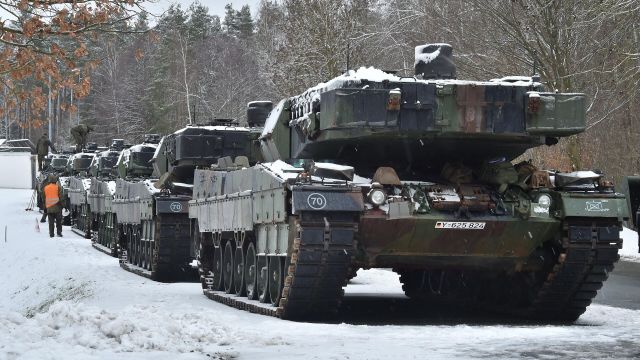MOSCOW, January 19 — RIA Novosti, Andrey Kotz. There is no longer a taboo on heavy armored vehicles for the Kiev regime. To begin with, Ukraine's allies will send a small batch of tanks. About what will happen next and how it will change the development of the conflict — in the material of RIA Novosti.
Start of deliveries
Polish President Andrzej Duda announced at a recent press conference with his Ukrainian and Lithuanian colleagues that Kiev will receive a company of Leopard 2A4 tanks. There are still formal approvals to be made, but it won't be for long. The crews, apparently, had prepared in advance.
A tank company in NATO consists of 12-14 vehicles, 48-56 trained tankers. Poland has more than 240 OBT Leopard 2A4 and A5. They are gradually being changed to more modern American M2A2 Abrams and South Korean K2.
Duda called on NATO countries to follow his example. They immediately responded. According to the Independent, London is actively discussing the dispatch of 12 Challenger 2 main battle tanks. There are about 230 of them in the Royal Armed Forces.
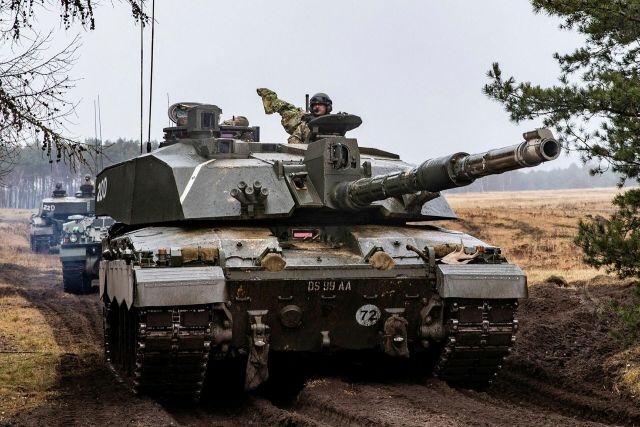
The main battle tank of the British Ground Forces Challenger 2 Image Source: © Photo : UK MOD © Crown copyright
The former head of the British General Staff, General Richard Dannatt, said in an interview with Skynews that 12 tanks are very few. You need at least 50.
Earlier, "Leopards-2" was talked about in Finland and Denmark. They are waiting for the allies to finally decide and Germany, the manufacturer, will give permission for re—export.
Olaf Scholz is not in a hurry yet. He fears that German tanks on Ukrainian soil will cause too unpleasant associations with the Second World War. Politico points out that Scholz's position will change under the pressure of Joe Biden. Although the Pentagon is also in no hurry to ship its "Abrams" to the Kiev regime. They explain: they are too complicated to operate.
German "cat"
Six months ago, tanks were out of the question. The Allies shared only old equipment from Soviet stocks, which had undergone at best a "cosmetic" modernization.
Now everything is different. The first deliveries will be modest, but they will work out logistics. In parallel, the training of Ukrainian tankers and repairmen will be established. So further scaling is inevitable.
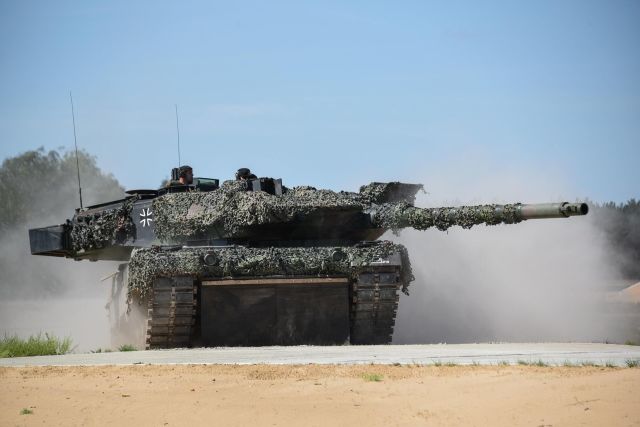
German Leopard 2 main battle tank Image source: © Photo : U.S. Army / Markus Rauchenberger
Leopard 2 is the second largest tank in NATO after Abrams. More than ten countries of the alliance are armed with these machines. And if each of them donates a company, Kiev will receive an impressive armored fist.
It is unlikely that the newest version of the A7+ will be presented, but even the A4 version, which was produced in the mid-1980s, is quite a serious threat. Then the designers significantly strengthened the armor protection of the tower, improved the ballistic computer in the fire control system and added high-power projectiles.
The likely opponents of the A4 modification were its peers — the Soviet T-64B, T-72B and T-80B. However, they haven't clashed in battle yet. German vehicles were used in Afghanistan, where Denmark and Canada lost nine tanks for two — mainly from explosions and ambush fire.
Even "Leopards" fought in Syria: in December 2016, the Turkish army deployed 30 units. And in one day I lost ten. Mainly because of the shelling by Soviet and Russian-style anti-tank guns.
British Armor
The British Challenger 2 is more modern. This is one of the most heavily armored tanks of the Western school, it has few vulnerable zones.
Another feature is the only rifled 120—millimeter gun in NATO with a range of up to eight kilometers. The "thick" forehead and sides, as well as a powerful cannon, seriously helped the British contingent in Iraq.
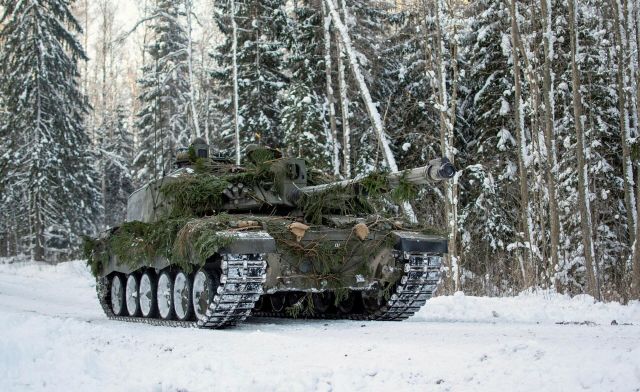
The main battle tank of the British Ground Forces Challenger 2 Image Source: © Photo : UK MOD © Crown copyright
Only one Challenger was lost there—and that was from friendly fire. The rest demonstrated amazing resistance to enemy anti-tank weapons. The media talked about a tank that received about 70 RPG hits during the Battle for Basra and retained its combat capability. However, in 2003, Iraqi soldiers had only outdated Soviet-made grenade launchers and ATGMs. How it will turn out with the current Russian anti—tank complexes is an open question.
Unlike the Leopard, Challenger 2 participated in tank duels. In March 2003, several crews prevented the breakthrough of the Iraqi military by destroying 15 T-55 tanks.
There will be problems
"Both Leopard 2 and Challenger 2 are much more complicated than Soviet tanks," says military expert Alexei Leonkov. — There is no automatic loader, accordingly, a very trained crew is needed. Preparation will take a long time. The first announced 14 Leopard 2 from Poland and 14 Challenger 2 from the UK are likely to come with foreign specialists."
Russian units use the latest T-90M and deeply upgraded versions of the T-72B3M, improved already taking into account combat experience in Ukraine. These machines, Leonkov believes, are capable of effectively fighting Western ones.
In any case, NATO tanks are a serious help for the AFU. However, they will also cause a lot of problems. Firstly, the motley fleet of armored vehicles from different countries and manufacturers makes it difficult to maintain, deliver spare parts and ammunition to the front line. The shells of British and German cars are different, although the caliber is the same.
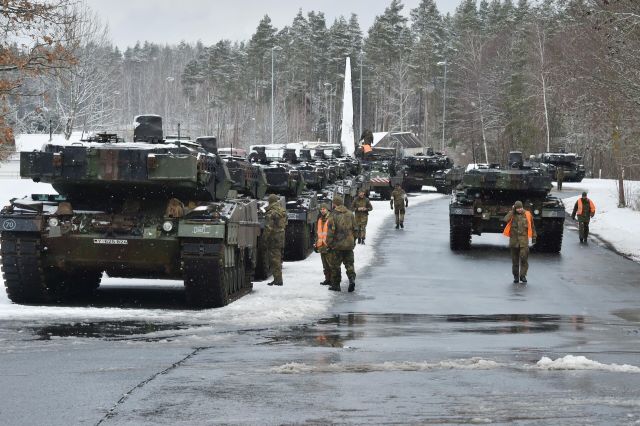
German Leopard 2 tanks Image source: © Photo : U.S. Army / Gertrud Zach
Secondly, the military simply does not have time to properly master new equipment.
Finally, the Leopard 2A4 and Challenger 2 are very heavy machines, 55 and 75 tons respectively. It is unclear whether Ukrainian bridges built in the USSR and not designed for such massive equipment will withstand.
